You may have seen the black and white photograph of a woman bathing in Hitler’s bathtub. Her muddy work boots are positioned in front, soiling the bath mat and a small framed portrait of Hitler sits to the left. On the same day as Lee Miller poised herself in the bath, Hitler committed suicide.
Miller’s decision to dip into Hitler’s bathtub tells of her courage and commitment to photography, but chronicles only a fraction of her life. During lockdown, I have enjoyed BBC 2’s documentary Lee Miller: a Life on the Front Line which recounts Miller’s transition from Vogue model in 1920s New York to prolific Second World War reporter.
It would be easy to swathe Miller in a romantic tale of glamourous destiny. She began her modelling career when renowned Vogue publisher Condé Nast rescued her from a potential car accident in New York and immediately scouted her. Yet she had many lives. She was a model, lover, artist, photojournalist, war reporter and mother. Her world was episodic and non seamless, switching from one role to another and back again with hopeful – and a little hopeless – former lovers clinging on for the ride.
During her modelling career, Miller first moved to Paris after meeting the infamous artist Man Ray, becoming his muse and confidante as they worked on photography projects together. After leaving Ray, she moved back to New York and worked prolifically as an artist, setting up her own studio in 1933.
It was a year later, living in Egypt with her new husband Aziz Eloui Bey, that Miller produced some of her most engrossing and eminent artwork in the desert. She depicted the lonely image of being a wife in Cairo isolated from friends and family.
She soon grew restless, travelling back to Paris and falling for the British artist Roland Penrose, who would later become her husband. Their lifestyle was hedonistic, spending the summer of 1937 cohabiting with surrealist artists in the South of France where the notion of free love was adopted by the entire group.
Yet with the outbreak of World War 2, Miller’s life was set to change again. This time, unalterably, as she was hired by Vogue as a photojournalist to document the war. She was one of just four female photographers accredited as official war correspondents with the US armed forces. She produced a series of photographs spotlighting the work of women in the war effort: hosting evacuees, working in the nursing service and in the auxiliary industry.
As the war continued, Miller delved deeper in her thoughtful documentation of the Blitz, the liberation of Paris and the concentration camps in Dachau. Her work was essential in informing American readers on the tragedy of the Holocaust. Her war photography can be found here on the Lee Miller website.
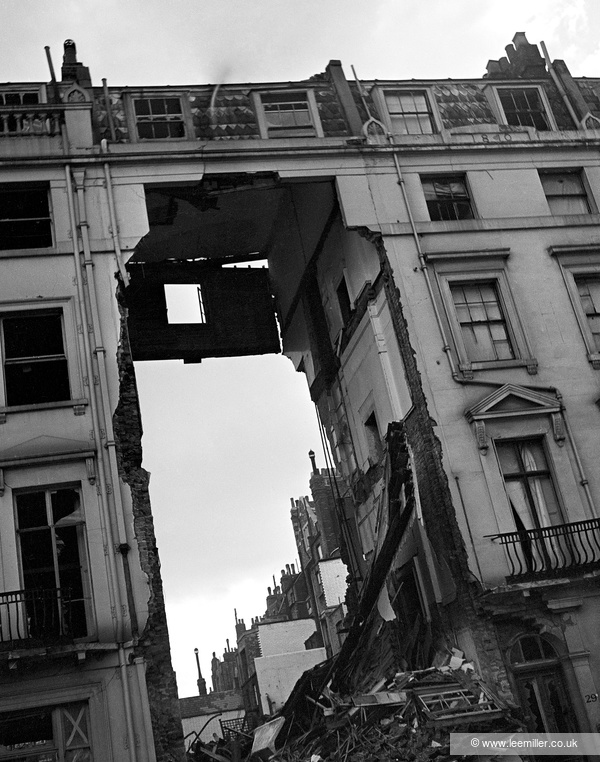 'Bridge of Sighs', London 1940 by Lee Miller. © Lee Miller Archives, England 2020. All rights reserved. leemiler.co.uk
'Bridge of Sighs', London 1940 by Lee Miller. © Lee Miller Archives, England 2020. All rights reserved. leemiler.co.uk
Miller had not spoken openly to her family about the trauma of witnessing the war or her PTSD related to sexual assault in early childhood. She lived out many lives, both in retelling the lives of others through her art and journalism and in reliving her own past traumas. In fact, it was only in 1977 that Miller’s son, Antony Penrose, discovered his mother’s war photography after her death. In the documentary, Penrose depicts her as both a beautiful young artist and the sad, alcoholic mother that he never really knew.
Biographers and journalists also draw attention to the multi-faceted nature of her life. Their work pays tribute to the capriciousness of being Miller: publications include The Lives of Lee Miller, Lee Miller: the model, the monster and the mother and From Beautiful Young Thing to Audacious Muse.
To top it all – in the most Miller manner, of course – after the war she settled down on a farm in Sussex and re-envisioned herself once more in the form of a gourmet chef. Through further research, I found that Farley’s House and Gallery – Lee Miller and Roland Penrose’s Sussex residence – is just a short drive from where I live. Farley’s was a hub for surrealist artists in the 20th century to discuss and share their artwork. The hope that I can one day step into the gallery has given me a boost of sustenance during week nine of the Covid-19 lockdown. I have found a new local hero to believe in.
For me, Miller is made all the more likeable by her fallible character. Yes, she was a photographer and elegant muse to the infamous Man Ray, but her restlessness and unpredictability are also worth remembering. I suppose in an age of social media superficiality, I seek female role models who are unfiltered and authentic; Miller possessed unbounding genuinity and the resilience to report truthful accounts of the world around her.
You can find Miller’s work on the Lee Miller website here. The online archive contains thousands of Miller's images, including her war work. Please do take a look.
The documentary Lee Miller: a Life on the Front Line can be found here on BBC iPlayer.


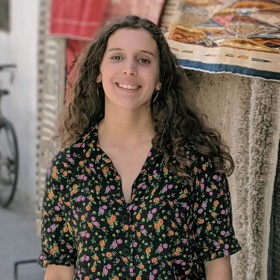
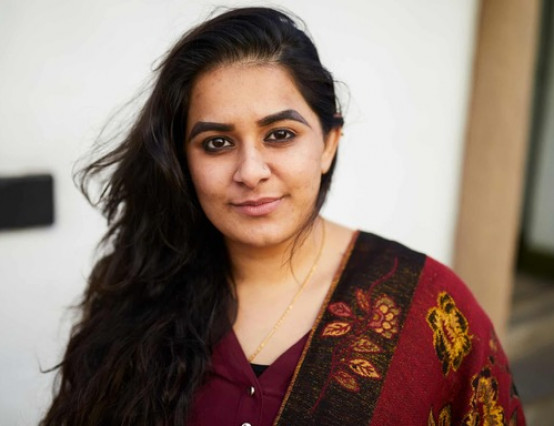
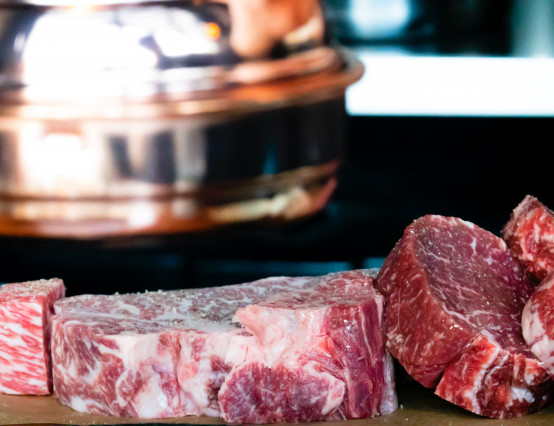

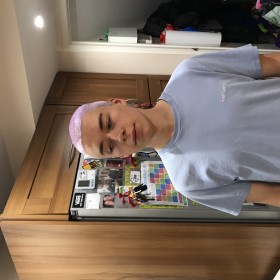
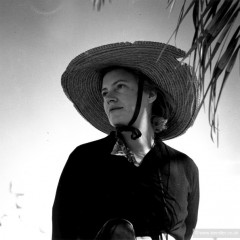


Great Article! Never heard of Lee Miller before so thanks for sharing a bit of her story... will most definitely be checking out the documentary